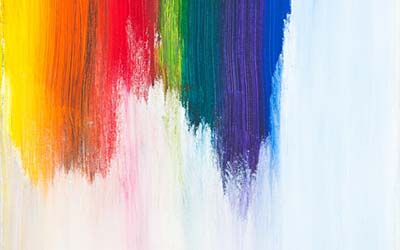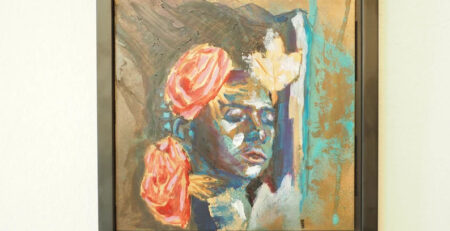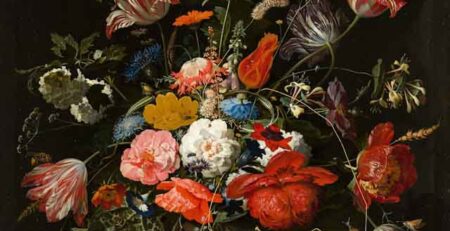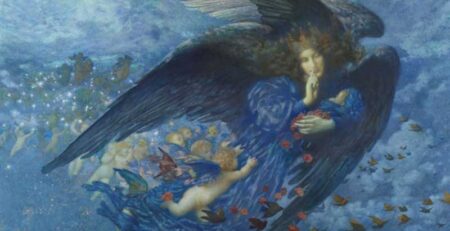Copper Patina Colors: A Unique Art of Nature

Copper patina is a magical transformation where raw metal evolves into a canvas of intricate colors and textures. This natural process occurs when copper reacts with its environment, forming a protective layer that enhances its beauty while safeguarding it from corrosion. The stunning spectrum of copper patina colors is prized in art, architecture, and home decor. From rustic greens to radiant blues, the artistic potential of copper patinas is endless. This article delves into the fascinating world of copper patina colors, their formation, applications, and how to achieve them.
The Science Behind Copper Patina Colors
Copper patina forms when the metal undergoes oxidation, reacting with air, moisture, and other environmental factors. This process creates a surface layer of copper compounds, such as oxides, sulfides, and carbonates. The colors that emerge are determined by the specific compounds formed and the environmental conditions they were exposed to.
Key Factors Influencing Patina Colors:
- Environment:
- Urban areas with high sulfur dioxide produce darker hues like browns and blacks.
- Coastal environments rich in chloride ions foster shades of green and turquoise.
- Moisture Levels:
- High humidity accelerates patina development, often resulting in vibrant greens.
- Dry conditions slow the process, producing subtler tones.
- Chemical Composition:
- Acids and salts can influence the colors, introducing blues, yellows, or even purples.
- Time:
- A new copper surface starts with reddish tones that gradually evolve into browns, blues, and greens over decades.
Natural Copper Patina Colors
Copper patinas are renowned for their earthy and natural tones, which vary based on the environment:
1. Brown Tones:
- Early oxidation often leads to warm brown hues as copper forms cuprous oxide (Cu₂O).
- These tones are typical in environments with minimal pollutants.
2. Blue-Green Spectrum:
- With prolonged exposure, copper reacts with carbon dioxide and water, forming copper carbonate (Cu₂(OH)₂CO₃), the iconic verdigris green.
- Variants include turquoise and aquamarine shades, especially in coastal areas.
3. Deep Blues:
- Copper reacts with chloride ions to form copper chloride compounds, leading to rare and intense blue tones.
4. Black and Gray:
- Sulfide-rich environments cause the formation of copper sulfide, producing darker hues.
- These tones often serve as a base layer before more vibrant colors develop.
Artistic Applications of Copper Patina Colors
The aesthetic appeal of copper patina is celebrated across multiple fields:
1. Architecture:
- Patinated copper is widely used in roofing, gutters, and statues. Iconic examples include the Statue of Liberty and the roofs of European cathedrals.
- Green and blue patinas complement urban and natural landscapes, blending art and functionality.
2. Interior Design:
- Copper patinas bring a touch of rustic elegance to home decor. Items like lamps, countertops, and wall panels feature rich, natural tones.
- The verdigris patina is especially favored for its vintage charm.
3. Jewelry:
- Artisans use controlled patination techniques to create unique jewelry pieces. Deep blues and greens add vibrancy, while earthy browns provide a natural appeal.
4. Fine Art:
- Copper sheets serve as canvases for artists, allowing them to craft intricate patterns by guiding the patina process.
Controlled Patination: Achieving Specific Colors
While natural patination takes years, controlled techniques can accelerate the process and produce specific colors.
1. Chemical Solutions:
- Ammonia: Produces blue patinas by reacting with copper oxides.
- Vinegar and Salt: Creates green hues by forming copper acetate.
- Liver of Sulfur: Yields dark brown or black finishes through sulfide reactions.
2. Heat Application:
- Heating copper alters its surface oxides, creating a range of tones from reds to blues.
3. Electrochemical Processes:
- Electrolysis can be used to deposit patina compounds on copper surfaces, allowing for precise color control.
How to Create Patina Colors at Home
If you’re inspired to experiment with copper patinas, here’s a step-by-step guide to creating your own colorful masterpiece:
Materials:
- Clean copper sheet or object
- Chemical solutions (vinegar, ammonia, salt, etc.)
- Spray bottle
- Gloves and protective gear
Procedure:
- Prepare the Surface:
- Clean the copper thoroughly to remove grease or oxidation.
- Apply the Solution:
- Mix the desired patina solution and spray it evenly over the copper surface.
- Allow Time to React:
- Place the copper in a humid environment to accelerate the reaction.
- Monitor and Adjust:
- Check the progress periodically. Reapply the solution or introduce new chemicals for layered effects.
- Seal the Patina:
- Once the desired color is achieved, seal it with a clear coat to preserve the finish.
Iconic Copper Patina Projects
1. The Statue of Liberty:
- Initially a reddish-brown hue, the statue developed its iconic green patina due to decades of exposure to air and seawater.
2. The Berlin Cathedral:
- Its copper roof showcases a harmonious blend of green and blue, a testament to centuries of natural patination.
3. Patina Copper Art:
- Artists like those at Patina Copper Art specialize in leveraging copper’s natural transformations to create stunning home decor pieces. By carefully controlling the patina process, they craft unique and dynamic artworks that reflect the beauty of nature.
Caring for Copper Patina
Maintaining the beauty of a copper patina requires thoughtful care:
- Avoid Harsh Cleaning Agents: These can strip the patina layer.
- Regular Dusting: Use a soft cloth to remove dirt and debris.
- Sealants: Protect the patina with a clear, breathable sealant.
Why Copper Patinas Matter
Copper patinas are more than just aesthetic enhancements—they tell stories of time, nature, and artistry. Their versatility makes them a staple in art, design, and architecture, while their eco-friendly properties align with modern sustainability values.
Conclusion
The mesmerizing colors of copper patina are a blend of art and chemistry, showcasing the interplay between nature and human creativity. Whether left to evolve naturally or guided by skilled hands, patina transforms ordinary copper into extraordinary works of art. From the iconic greens of architectural landmarks to the rich blues and browns in handcrafted jewelry, copper patina colors continue to inspire and captivate. Embracing the beauty of these hues not only celebrates the wonders of nature but also invites a timeless elegance into our lives.




Leave a Reply